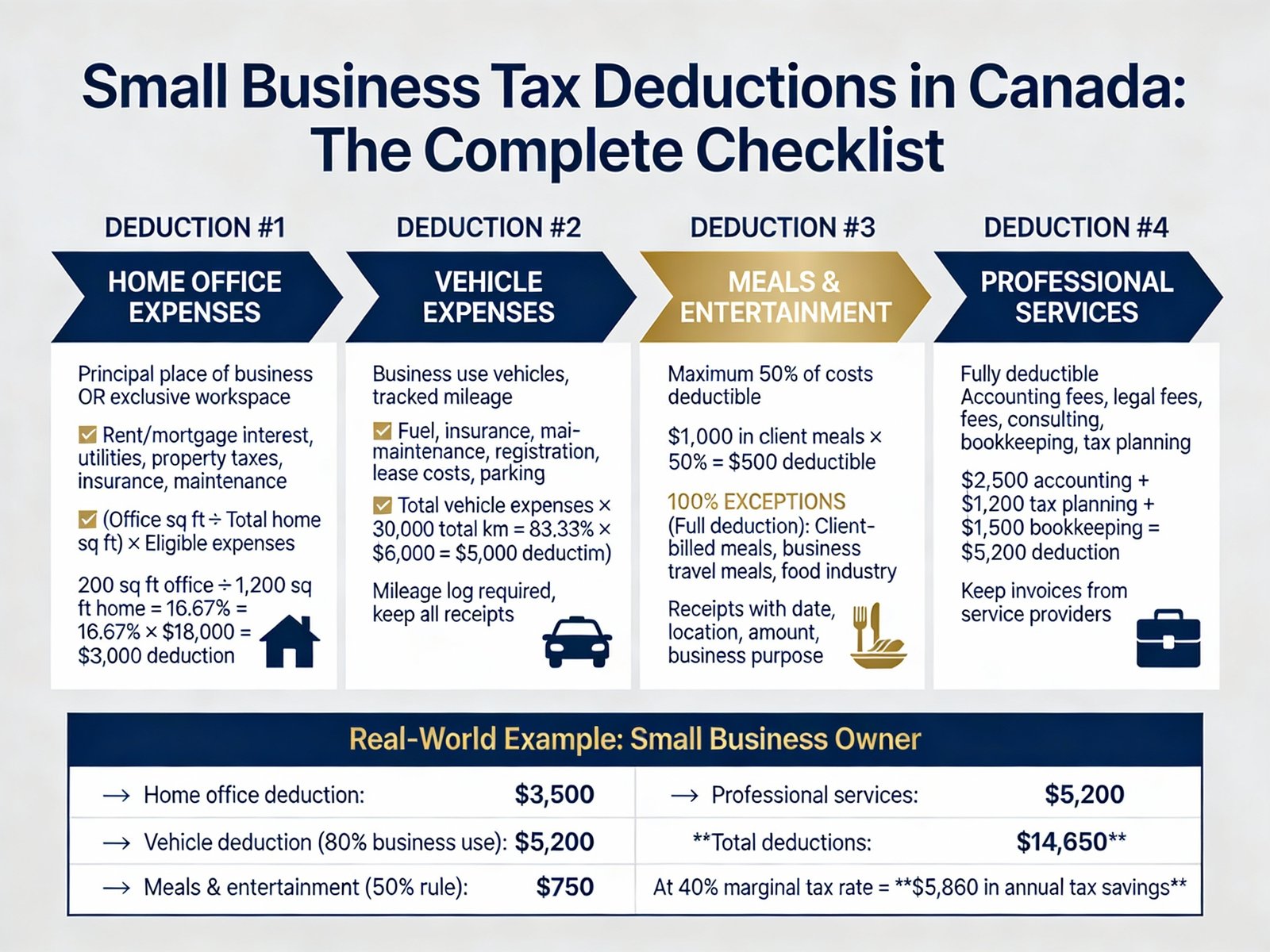Planning for retirement is a fundamental aspect of financial stability, and in Canada, leveraging tax-efficient strategies can make a significant difference in your retirement savings. This comprehensive guide explores the tax advantages of Registered Retirement Savings Plans (RRSPs) and Tax-Free Savings Accounts (TFSAs), along with valuable retirement income splitting and pension income splitting strategies.
1. Understanding RRSPs and TFSAs: Delve into the distinct features of RRSPs and TFSAs. Learn how contributions, withdrawals, and growth are taxed differently in these two key retirement vehicles.
2. RRSP Tax Benefits: Explore the immediate tax benefits of contributing to an RRSP. Discover how contributions can be deducted from your taxable income, reducing your tax liability.
3. TFSA Tax Advantages: Understand the unique tax advantages of TFSAs. Learn how investments within a TFSA grow tax-free, and withdrawals are not subject to taxation.
4. Maximizing RRSP Contributions: Discuss strategies to maximize your RRSP contributions, taking advantage of unused contribution room, and planning contributions to lower your taxable income.
5. Optimal TFSA Utilization: Learn how to use TFSAs strategically for both short-term and long-term financial goals. Discover how you can contribute, invest, and withdraw funds without tax implications.
6. Retirement Income Splitting: Explore the concept of income splitting in retirement, allowing pension income to be allocated between spouses to optimize the tax impact.
7. Pension Income Splitting Strategies: Delve into specific pension income splitting strategies, such as allocating eligible pension income to a lower-income spouse to reduce overall tax liability.
8. RRSP Conversion Strategies: Understand the process of converting RRSPs into Registered Retirement Income Funds (RRIFs) or annuities to create a tax-efficient stream of retirement income.
9. Managing Retirement Withdrawals: Learn about the tax implications of withdrawing funds from your RRSP or RRIF during retirement, including the withholding tax rates applicable.
10. Long-Term Retirement Tax Planning: Discuss the importance of long-term retirement tax planning, including managing government benefits, managing estate taxes, and ensuring tax efficiency throughout retirement.
Conclusion: Tax-efficient retirement planning involves harnessing the potential of RRSPs, TFSAs, and strategic pension income splitting. By understanding the unique tax benefits of these accounts and adopting sound retirement strategies, you can create a sustainable income stream during your golden years while minimizing your tax burden. Make the most of Canada’s retirement vehicles and utilize smart strategies to ensure that your retirement years are financially secure and fulfilling. Remember, consulting with financial professionals can provide personalized guidance tailored to your specific retirement goals.










 View Our Location
View Our Location





 181 Meadowview Bay, Sherwood Park, AB T8H 1P7, Canada (Online Clients Only)
181 Meadowview Bay, Sherwood Park, AB T8H 1P7, Canada (Online Clients Only)